Using a Reverse Mortgage for Retirement Income with Mitch Cooper
Today on the blog, we’re diving into a topic that’s gaining traction among retirees looking to make the most of their largest asset—their home. We had the pleasure of sitting down with Mitch Cooper from Mutual of Omaha, who specializes in reverse mortgages. Mitch brings a wealth of insight into how this tool can function as a flexible, strategic retirement income source.
“The House Is Paid Off—Now What?”
Many retirees aim to pay off their home before retirement, seeing that as a major milestone toward financial freedom. But what if most of your net worth is tied up in your home’s equity? That’s where reverse mortgages come in.
“A lot of people don’t realize this,” Mitch explained, “but for the average retiree in America, about two-thirds of their wealth is in home equity.” The question becomes: how do you access that equity safely and strategically without giving up the security of your home?
What Is a Reverse Mortgage?
At its core, a reverse mortgage is simply a home loan—just in reverse. Instead of making monthly mortgage payments to reduce your loan balance, the loan balance increases over time. The most common reverse mortgage is the FHA-backed Home Equity Conversion Mortgage (HECM), available to homeowners 62 and older. Some proprietary programs exist for those as young as 55, but they’re less common and vary by state.
Unlike traditional mortgages, reverse mortgages don’t require monthly payments. Interest accrues and gets added to the loan balance. The loan is repaid when the borrower permanently leaves the home—either by selling, moving into long-term care, or passing away.
How Much Can You Borrow?
The amount you can borrow depends on your age, interest rates, and how much equity you have. Mitch offered a helpful rule of thumb: “A 62-year-old might only qualify for about 30% of the home’s value with today’s rates, while a 72-year-old might get a bit more.”
And while you may qualify for a certain amount, you can only access 60% of it in the first year. For example, if your home is worth $500,000 and you qualify for $200,000, you’d be limited to $120,000 in the first year, unless you’re using it to pay off a large existing mortgage.
This is exactly how many reverse mortgages are used. “Most of our clients are using a reverse mortgage to pay off a traditional mortgage,” Mitch said. “That way, they eliminate the monthly mortgage payment and free up cash flow.”
What About Property Taxes and Insurance?
You’re still responsible for paying property taxes, homeowners insurance, and any HOA dues. However, there’s an option called a “Life Expectancy Set-Aside” (LESA), where the lender sets aside a portion of the reverse mortgage to pay these expenses on your behalf for a projected period.
This can be optional or required based on your financial history. “If someone has a pattern of late payments or lacks sufficient income, they may be required to do a LESA,” Mitch explained. This gives lenders confidence that taxes and insurance will be covered long-term.
The Line of Credit Strategy
One of the most powerful—but often overlooked—uses of a reverse mortgage is the line of credit option.
Rather than taking a lump sum, many retirees set up a reverse mortgage line of credit that grows over time. “This is where it gets really strategic,” Mitch said. “It’s not like a traditional HELOC that can be frozen. This line of credit is guaranteed to grow as long as you’re living in the home.”
That growth rate is tied to the loan’s interest rate, meaning in today’s higher-rate environment, your unused borrowing power increases faster—offering even more flexibility down the road.
This setup is especially useful in volatile markets. For example, if your investment portfolio is down 20%, you can pause withdrawals and instead tap the reverse mortgage. It’s a great way to preserve your long-term assets.
Costs and Considerations
Reverse mortgages aren’t free. Closing costs—especially on high-value homes—can run into the tens of thousands. Most borrowers roll these into the loan, but they still count against your equity and accrue interest. That’s why it’s essential to view this as a long-term solution.
“This is not a $500 home equity line,” Mitch warned. “Reverse mortgages work best on your last home. If you're planning to move in a year or two, it's probably not the right time.”
There’s no prepayment penalty, so borrowers can pay down the loan voluntarily to reduce interest accrual—or to increase their available credit.
Protecting Legacy and Other Assets
One common concern is leaving less to heirs. But Mitch pointed out that using a reverse mortgage strategically can actually increase the total estate by preserving more growth-oriented assets like IRAs and investment portfolios.
“We tend to leave the house as legacy and drain our investable assets. But sometimes the better strategy is to flip that thinking. Home equity isn’t growing like stocks, and you’re still living in the house while using the reverse mortgage.”
In many cases, the home continues to appreciate even as the loan balance grows. Mitch shared a personal story: “My grandparents have had a reverse mortgage for 13 years. They haven’t made a single payment, yet they have more equity now than when they started because the home value has grown faster than the loan.”
Medicaid, Trusts, and Estate Planning
Reverse mortgages can still work with estate plans, including revocable living trusts. However, things get trickier when Medicaid is involved due to asset and income restrictions. “That’s when you want to consult an elder law attorney,” Mitch advised.
In California, for example, Medicaid (Medi-Cal) might put a lien on the house after care is provided. Using a reverse mortgage proactively can offer more control than waiting for the state to act.
Final Thoughts: A Strategic Retirement Tool
Reverse mortgages aren’t for everyone—but when used strategically, they can offer enormous benefits. They’re not just a last resort anymore. They can:
Reduce or eliminate monthly mortgage payments
Offer tax-free income or liquidity
Serve as a buffer during market downturns
Provide a growing line of credit for future needs
Help with long-term care or unexpected expenses
“The true power of the reverse mortgage,” Mitch concluded, “isn’t just what it does for your house. It’s what it lets you do with your other assets.”
If you have a question or topic that you’d like to have considered for a future episode/blog post, you can request it by going to www.retirewithryan.com and clicking on ask a question.
As always, have a great day, a better week, and I look forward to talking with you on the next blog post, podcast, YouTube video, or wherever we have the pleasure of connecting!
Written by Ryan Morrissey
Founder & CEO of Morrissey Wealth Management
Host of the Retire with Ryan Podcast




